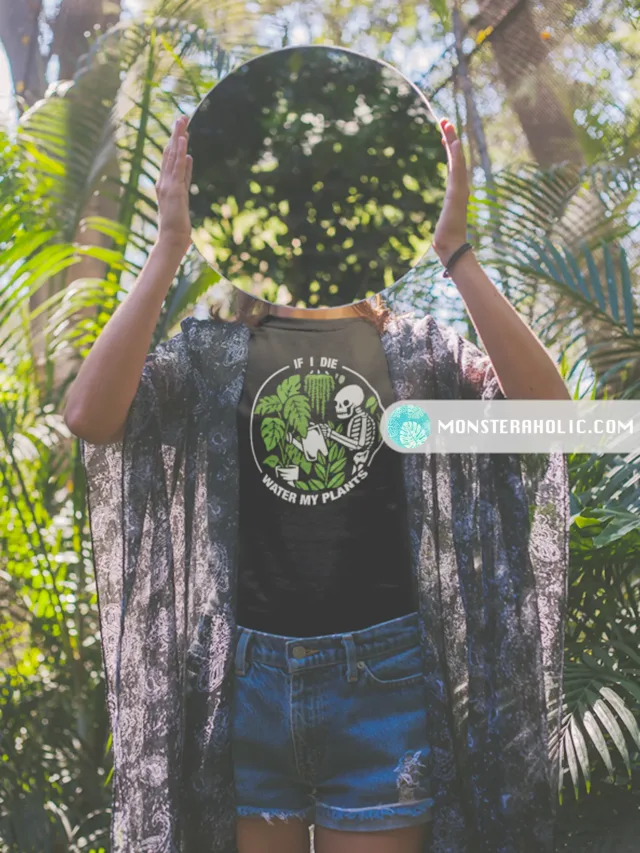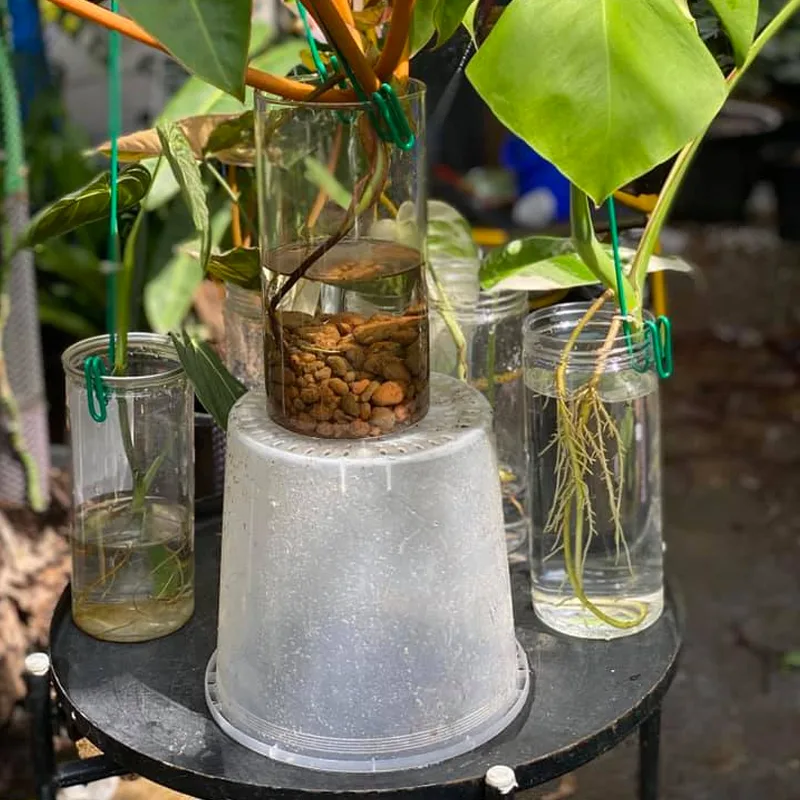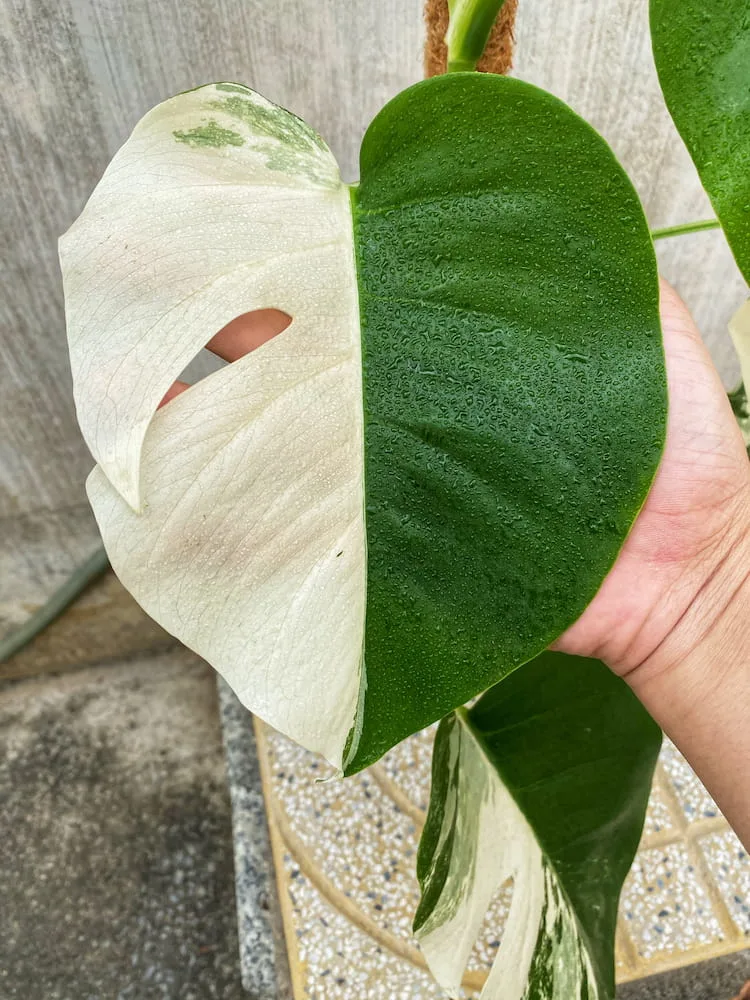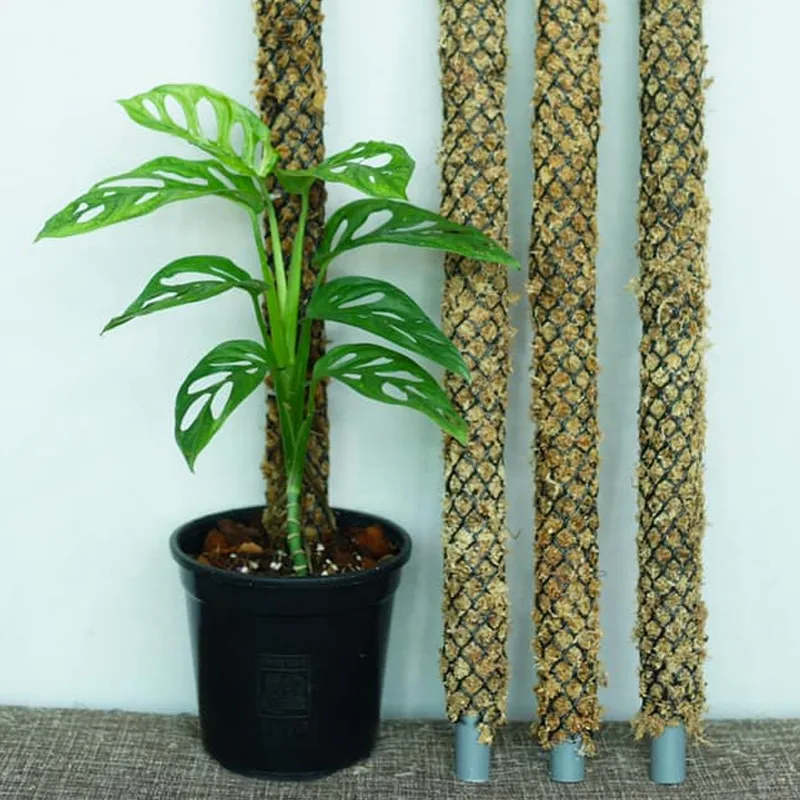Plant with holes in leaves
As an avid plant enthusiast, my journey into the world of indoor gardening has been both exciting and rewarding. Among the many plant varieties that have caught my attention, the Monstera plant, with its iconic leaves adorned with captivating holes, has always been a favorite. However, to my surprise, my own Monstera plant lacks these distinctive leaf perforations. In this post, I would like to explore the reasons behind this intriguing phenomenon and share my experience of nurturing a Monstera without holes.
When I first encountered Monstera deliciosa, commonly known as the Swiss Cheese Plant, I was captivated by its striking appearance. The iconic fenestrations, or holes, in its leaves seemed to lend an air of elegance and sophistication to any space it graced. This distinct feature has become a symbol of the Monstera plant, making it instantly recognizable to plant enthusiasts worldwide. However, as I delved deeper into the world of Monstera cultivation, I realized that not all plants exhibit these leaf perforations, and mine happened to fall into that category.

Top 100 Gift Ideas For Plant Lovers 2024
Upon further research, I discovered that the presence or absence of holes in Monstera leaves is primarily influenced by environmental factors and age. While some plants develop fenestrations as they mature, others may exhibit variations due to genetic differences or growing conditions.
1. Age and Maturity: Monstera plants typically start their journey with small, solid leaves that lack any holes. As the plant matures and gains energy, it allocates resources towards developing larger and more perforated leaves. The rate at which these holes appear can vary from plant to plant, with some taking several years to exhibit the characteristic fenestrations.
2. Light Intensity: Light plays a crucial role in the development of Monstera leaves. Adequate exposure to bright, indirect light helps trigger the growth of fenestrations. Insufficient light, on the other hand, can impede or slow down the process. While my Monstera plant receives ample indirect sunlight, it may not be at the optimal intensity required to stimulate hole formation.
3. Humidity and Moisture Levels: Monstera plants thrive in humid environments, replicating their natural habitat in tropical rainforests. Higher humidity levels can aid in the formation of holes in the leaves. Although I maintain a consistent humidity level for my Monstera, it may not be high enough to induce the desired fenestrations.
4. Genetics: Just like humans, plants have genetic variations that manifest in different physical characteristics. Monstera deliciosa is known for its iconic hole-riddled leaves. However, if you specifically desire a Monstera plant with natural holes, you can consider other Monstera species such as Monstera esqueleto, Monstera adansonii, or Monstera obliqua. These species often have more pronounced leaf perforations, providing the hole-filled aesthetic you may be seeking.

Nurturing a Monstera without Holes:
While it can be disappointing not to witness the iconic perforations on my Monstera’s leaves, I have come to appreciate the unique beauty it exhibits in its own way. Though the lack of holes may deviate from the traditional aesthetic, it doesn’t diminish the plant’s appeal or its ability to thrive as an indoor green companion.
Instead of fixating on the absence of fenestrations, I focus on ensuring optimal care for my Monstera plant. Here are some tips that have helped me maintain a healthy and vibrant Monstera, despite the absence of holes:
1. Provide Adequate Light: Placing the Monstera in a well-lit spot with bright, indirect sunlight helps promote overall leaf development and ensures a healthy growth trajectory.
2. Maintain Optimal Humidity: Increasing humidity levels around the plant through methods such as misting, using a humidifier, or placing the plant on a pebble tray can mimic its natural habitat, contributing to its overall well-being.
3. Consistent Watering Routine: Monstera plants prefer moderately moist soil. Ensuring a regular watering schedule while allowing the soil to partially dry between waterings has proven beneficial for my plant’s health.
4. Fertilize Appropriately: Applying a balanced, water-soluble fertilizer during the growing season can provide essential nutrients and support healthy foliage growth.
Although my Monstera plant may not have the characteristic holes that make it instantly recognizable, it possesses its own unique charm. Exploring the reasons behind this phenomenon has shed light on the various factors influencing leaf development in Monstera plants. Understanding that each plant has its own growth trajectory and aesthetic variations has allowed me to appreciate the distinct beauty of my hole-less Monstera.
By focusing on providing optimal care and a nurturing environment, I have cultivated a healthy and thriving Monstera plant that stands out in its own way. Remember, gardening is a journey filled with surprises, and sometimes the unexpected variations make the experience even more fascinating. So, if your Monstera deliciosa lacks the iconic holes, embrace its individuality and enjoy the beauty it brings to your indoor oasis. And if you desire a Monstera with natural holes, explore other Monstera species such as Monstera esqueleto, Monstera adansonii, or Monstera obliqua for a more hole-filled aesthetic.



